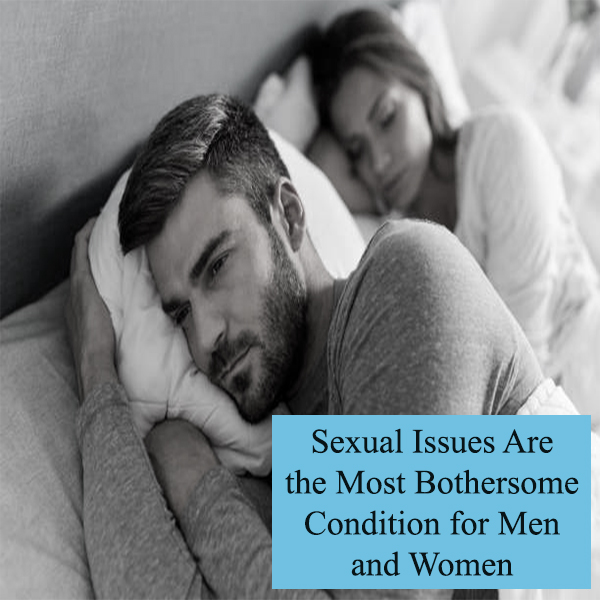Doctors use the term “sexual dysfunction” to describe a variety of sex-related issues.
It manifests in both sexes equally.
As you get older, more and more men and women experience sexual dysfunction.
It may also occur in younger individuals due to other causes.
Anxieties, medical conditions, medications, or mental health issues can all play a role in impotence.
Any duration beyond a few months warrants a visit to the doctor.
The sexual health of both sexes is the subject of this article.
Signs of sexual dysfunction in both sexes
At some point in their relationship, most couples experience sex difficulties.
The 5 most common sexual dysfunctions in women are:
- Disorders of desire: Having lost all interest in sexual relations. Having diminished motivation compared to earlier.
- Problems with arousal:Your body is unable to produce any sexual response. Sexual arousedness is a fleeting sensation.
- Orgasmic disorders:It hurts when you orgasm or you can’t have one at all.
- Sexual pain: When getting sexually aroused causes you discomfort.
- Insufficient hormones: The main female hormone, estrogen, can impact libido when levels are low.
Men have four types of sexual problems:
- Erectile dysfunction: Erectile dysfunction is a type of issue in men that is defined by the inability to develop an erection in the male reproductive part.
- Disorders of desire: Having lost all interest in sexual relations. Feeling less enthusiastic than before.
- Problems with ejaculation: Too early or too late ejaculation is defined as either a delay in the process or its complete absence.
- Reduced testosterone levels: Lower concentrations of testosterone, a male hormone.
What factors contribute to sexual dysfunction in both sexes?
There are a lot of things that can mess with your sex life.
Infections of the urinary tract or vaginal or genital tract, diabetes, high blood pressure, certain medications, and chronic diseases all fall into this category.
Addiction, relationship issues, and depression are additional contributors.
Both men and women can experience hormonal factors that contribute to impotence.
Less libido is the result of low levels of both male and female hormones.
Age causes a decline in hormone production in both sexes.
Hormones in women can change during pregnancy, the postpartum period, and nursing.
Less libido is a common experience for many women after menopause. Menopause also brings on vaginal dryness, which is a known source of genital pain.
The treatment of the sexual dysfunction in males and females
- If you’re having trouble satisfying your desires, try breaking your routine. Try different sexual positions or times of day. Your partner and you should discuss your preferences. In your next appointment, review the side effects of your medications, particularly hormone replacement therapy.
- Sexual lubricants and vaginal creams can help arousal problem sufferers prevent dryness. Talk to your doctor about oestrogen or oestrogen creams after menopause. To arouse guys with arousal issues, spouses can advise foreplay or fantasising. Talk to your doctor about Viagra.
- Women who experience sexual pain can use hormone replacement therapy, mattress adjustments, or vaginal lubricants. It may assist both sexes empty their bladders before sexual activity. Taking a warm bath before sexual activity may be useful.
Conclusion:
Depending on the cause, you may have to tolerate sexual dysfunction.
Talk to sexologist in Bangalore about causes and remedies.







